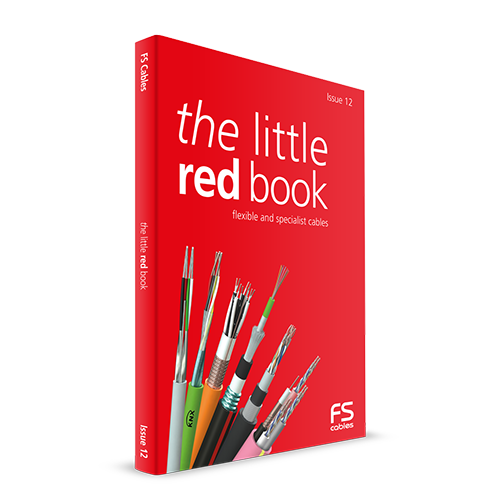Posted 15 October 2012

Confused by the new wiring regulations? Safe-T-Shield hits the nail right on the head
The 17th Edition Wiring Regulations BS7671: 2008 set by the Institute of Electrical Engineers (IEE) came into effect on July 1st 2008 and have important implications for the electrical installer. The IEE represents the professional voice of electrical engineers and sets the standards and regulations for safe installation of electrical and electronic equipment.
According to the Health and Safety Executive about 1000 electrical accidents at work are reported annually and about 25 people die of their injuries. The IEE regulations have an important role to play in setting standards for safety and accident prevention.
A key issue tackled by the latest revisions is clause 522.6 – the danger of accidentally piercing concealed cables when nailing or drilling into walls. Many new buildings now favour shallow mounting in partition walls and this can pose risks of shock for installers and end users if a cable is penetrated, for example when cladding studwork, fixing sanitaryware or simply hanging a picture.
In light of this, the IEE has revised the wiring regulations for cables concealed in a wall or partition at depths of less than 50mm. These cables must now either: be enclosed in an earthed conduit, trunking or duct; have sufficient mechanical protection to withstand penetration from nails or screws; be installed in a ‘protected zone’ (within 150mm from an edge of the wall or partition); or lastly, incorporate an earthed metallic covering which will trip a circuit breaker if penetrated.
Safe-T-Shield from FS Cables has been specifically developed to meet clause 522.6, offering a tough yet flexible alternative to an armoured cable, and faster, cheaper installations when compared to conduits or trunking.
Safe-T-Shield features a heavy aluminium tape which is in constant contact with the earthed CPC wire. If the cable should be pierced, the circuit breaker will trip, reducing the risk of personal injury.
As well as conforming to the standards of the new 2008 IEE wiring regulations and the obvious safety benefits for installers and end users, there are substantial savings to be made in installation costs.
Due to its compact design, Safe-T-Shield is lighter and smaller than a traditional SWA cable which could also be used to meet clause 522.6. It is also faster and easier to install than small armoured cables or conduit. It is estimated that cost savings of up to 40 % can be achieved.
As a result, Safe-T-Shield is proving to be an extremely popular fixed wiring solution for a range of applications.
Retail installations are common, with the cable being run along trays in ceiling voids. Its lightweight construction and savings on space make it an attractive option for installers in these environments.
Additionally, the benefits of being Low Smoke Halogen Free (LSHF) throughout make Safe-T-Shield ideal for installations where the evacuation of people or property could be slowed. Hospitals, shopping centres, prisons, tunnels and airports are just some examples of areas where rapid evacuation is not always possible in the event of fire and where toxic fumes pose the greatest threat.
These Low Smoke Halogen Free properties make Safe-T-Shield also ideal for computer room environments which are another area where toxic fumes can be disastrous.
When Hydrogen Chloride gas is produced it coats everything it comes into contact with, for example circuit boards, in a thin corrosive film. Over a period of time this can cause random, unpredictable failure.
As well as offering mechanical protection, the heavy aluminium barrier also acts as a screen – greatly reducing electromagnetic interference making it the right choice where EMC is a priority.
Available in 2, 3 and 4 cores, from 1.5mm² to 6.0mm², Safe-T-Shield is supplied on either 100m or 500m reels with a free cut to length service available on larger lengths. White is standard but we are also stocking a black 2 core + earth 1.5mm2 version.
For more information, samples or datasheets, please call and speak the sales team on 01727 840 841. More information on the 17th edition wiring regulations can be found online at www.theiet.org





